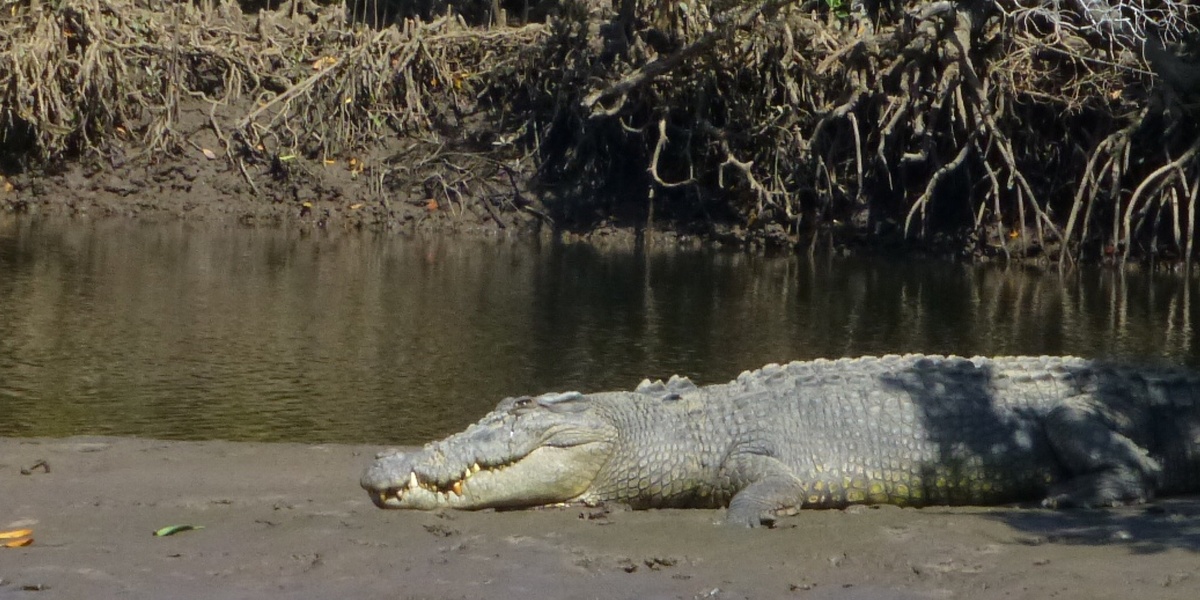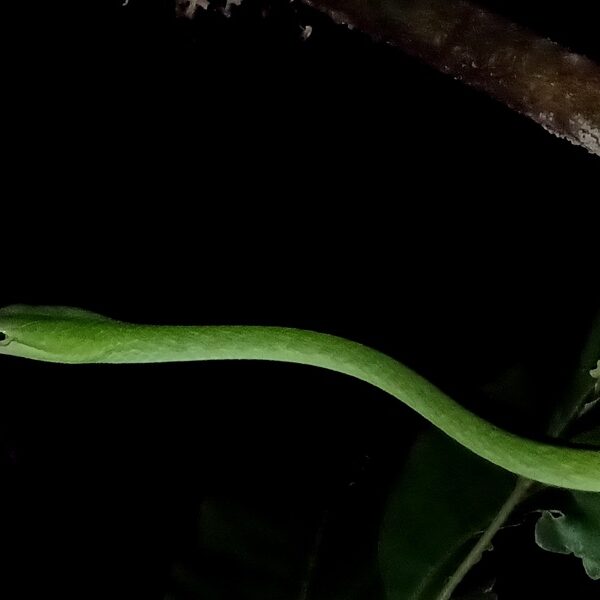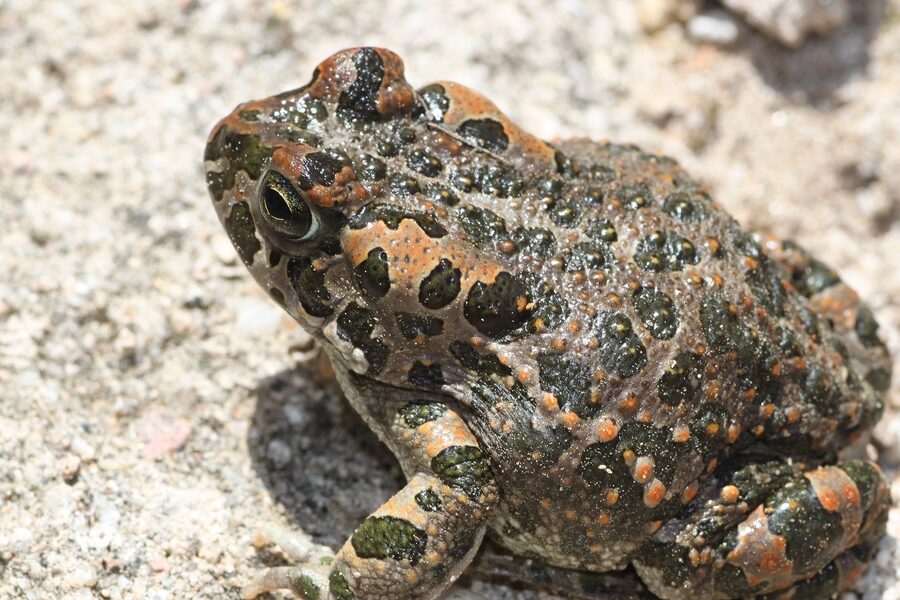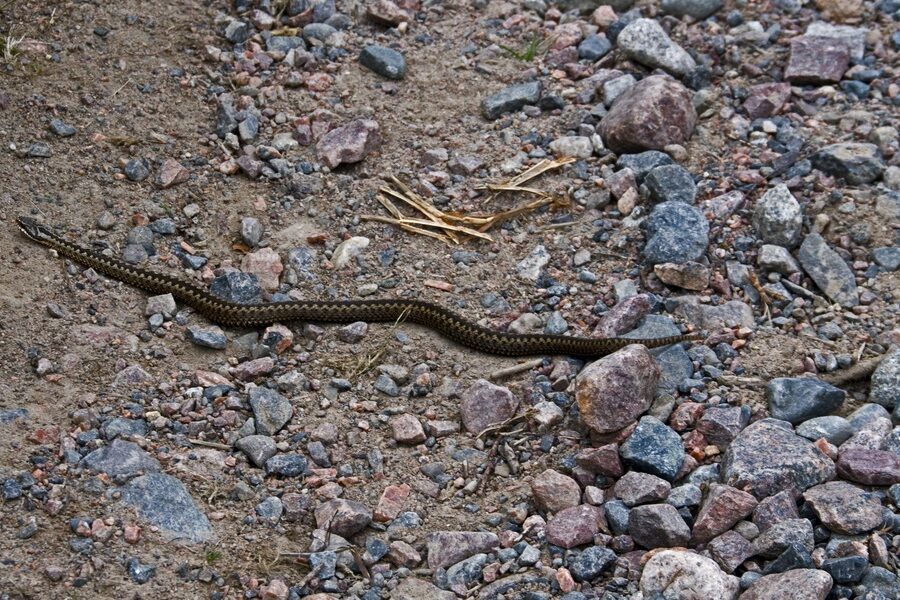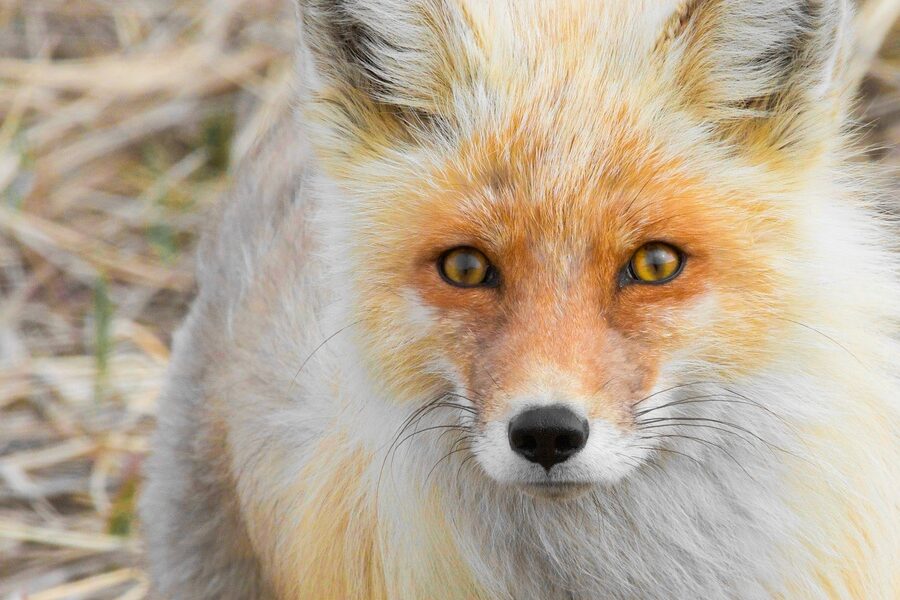This list names 20 endangered swamp animals from around the world. It covers species that depend on swamps, marshes, mangroves, flooded forests, or river floodplains and that the IUCN Red List classifies as Vulnerable, Endangered, or Critically Endangered. Many are large wetland specialists — crocodiles, manatees, tapirs, cranes, and river turtles — that need standing water and flooded plants to survive. Note the columns: Scientific name = Latin name; IUCN status = global threat level; Range = where the animal lives.
Review the complete list below to find each species’ scientific name, IUCN status, and range.
What makes a swamp animal endangered?
Swamp animals become endangered when their wetland homes shrink or break apart. People drain, fill, or build on wetlands for farms, towns, and roads. Pollution, hunting, egg collection, and illegal trade also kill animals. Invasive species and dams change water flow and food sources. Climate change raises sea levels and shifts flooding patterns. IUCN status reflects falling numbers, small ranges, and ongoing threats.
How can I help protect endangered swamp animals?
Support wetland protection laws and local habitat restoration projects. Donate to or volunteer with trusted conservation groups that work on swamps and rivers. Avoid buying products that destroy wetlands, such as items from cleared peatlands. Learn and share simple actions: report pollution, respect wildlife rules, and back community monitoring programs. Support captive-breeding and nest-protection efforts when experts recommend them.
Endangered Swamp Animals
| Name | Scientific name | IUCN status | Range |
|---|---|---|---|
| Chinese Alligator | Alligator sinensis | Critically Endangered | Yangtze River marshes, eastern China |
| Cuban Crocodile | Crocodylus rhombifer | Critically Endangered | Zapata Swamp and Isla de la Juventud, Cuba |
| Philippine Crocodile | Crocodylus mindorensis | Critically Endangered | Scattered freshwater rivers and marshes, Philippines |
| Siamese Crocodile | Crocodylus siamensis | Critically Endangered | Isolated freshwater swamps across Southeast Asia |
| American Crocodile | Crocodylus acutus | Vulnerable | Mangroves and brackish swamps from Florida to northern South America |
| Orinoco Crocodile | Crocodylus intermedius | Critically Endangered | Orinoco River basin, Venezuela and Colombia |
| West Indian Manatee | Trichechus manatus | Vulnerable | Caribbean, Florida coasts to northern South America |
| Amazonian Manatee | Trichechus inunguis | Vulnerable | Amazon Basin rivers and flooded forests |
| West African Manatee | Trichechus senegalensis | Vulnerable | Coastal and river systems across West Africa |
| Malayan Tapir | Tapirus indicus | Endangered | Malay Peninsula and Sumatra, forest and swamp habitats |
| Baird’s Tapir | Tapirus bairdii | Endangered | Lowland rainforests and wetlands from southern Mexico to Colombia |
| Lowland Tapir | Tapirus terrestris | Vulnerable | Amazon and adjacent lowland wetlands, South America |
| Proboscis Monkey | Nasalis larvatus | Endangered | Borneo riverine mangroves and swamp forests |
| Whooping Crane | Grus americana | Endangered | Boreal marshes (breeding) to Texas Gulf coast (wintering) |
| Siberian Crane | Leucogeranus leucogeranus | Critically Endangered | Breeds in Arctic Siberia, winters in East Asian wetlands |
| Mangrove Finch | Camarhynchus heliobates | Critically Endangered | Mangrove-lined coasts of Isabela Island, Galápagos |
| Hula Painted Frog | Latonia nigriventer | Critically Endangered | Hula Valley marshes, Israel |
| Marsh Deer | Blastocerus dichotomus | Vulnerable | Pantanal and other South American floodplain wetlands |
| Northern River Terrapin | Batagur baska | Critically Endangered | Rivers and estuaries of South and Southeast Asia |
| Southern River Terrapin | Batagur affinis | Critically Endangered | Remnant populations in Malaysia, Cambodia and nearby coasts |
Images and Descriptions
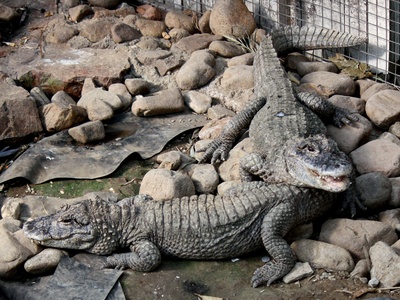
Chinese Alligator
Small crocodilian rarely exceeding 2.1 m; shy and reclusive. Endemic to Yangtze marshes. Critically endangered from habitat loss, farming and dams. Successful captive-breeding programs aim to reintroduce animals into restored wetlands.
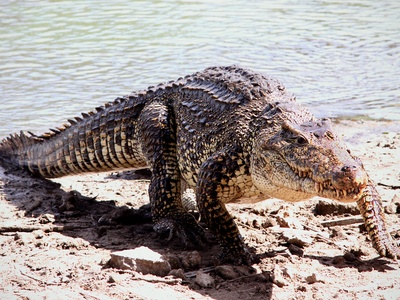
Cuban Crocodile
Robust medium-sized crocodile up to 2.5 m, highly terrestrial and aggressive. Restricted to Cuban swamps. Critically endangered from hunting, habitat loss and hybridization. Captive breeding and wetland protection are key conservation actions.
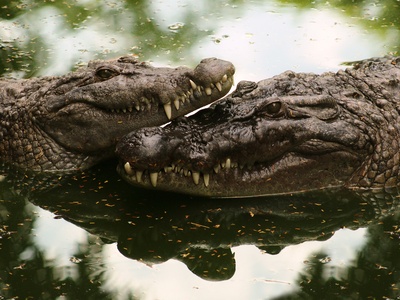
Philippine Crocodile
Small freshwater crocodile under 3 m, secretive and rare. Critically endangered due to habitat destruction, hunting and egg collection. Conservation centers breed and release individuals into protected wetlands to rebuild local populations.

Siamese Crocodile
Freshwater crocodile once widespread across SE Asia, now in isolated wetlands. Critically endangered from habitat loss, capture for trade and hybridization. Conservation rescues and reintroduction programs work with communities to restore swamp habitats.
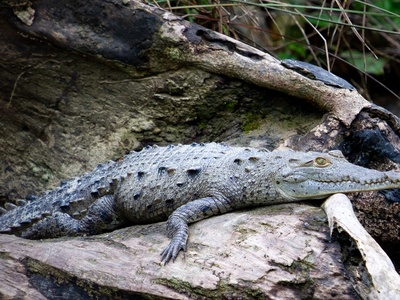
American Crocodile
Large coastal crocodile reaching about 4 m, generally shy. Inhabits mangroves and estuaries. Vulnerable due to coastal development and habitat loss; conservation protects nesting beaches and estuary habitats.
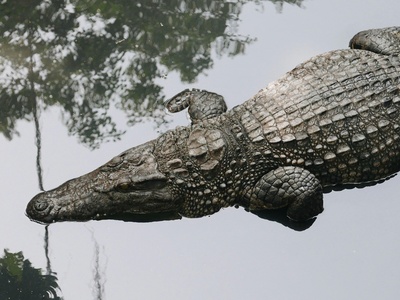
Orinoco Crocodile
One of the largest crocodiles, historically exceeding 5 m but now extremely rare. Endemic to the Orinoco basin. Critically endangered from overhunting and habitat loss; captive breeding and strict protections support recovery.
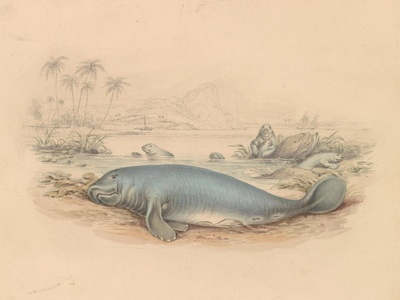
West Indian Manatee
Large aquatic herbivore up to 4 m and hundreds of kilograms; slow-moving and gentle. Found in coastal and riverine swamps. Vulnerable from boat strikes, habitat loss and pollution; seagrass and wetland conservation help populations.

Amazonian Manatee
Freshwater manatee adapted to Amazon rivers and flooded forests, about 3 m long. Vulnerable due to hunting and habitat changes. Notable for vegetarian diet and seed dispersal; conservation includes protected waterways and community monitoring.
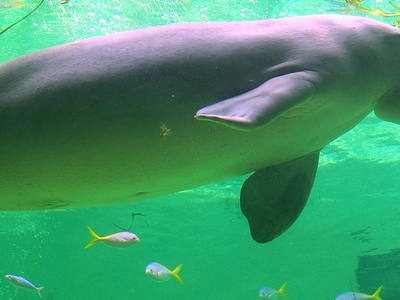
West African Manatee
Large river and coastal mammal up to ~3 m, found in mangroves and estuaries. Vulnerable from hunting and habitat degradation. Elusive behavior makes study difficult; conservation prioritizes hunting regulation and habitat protection.
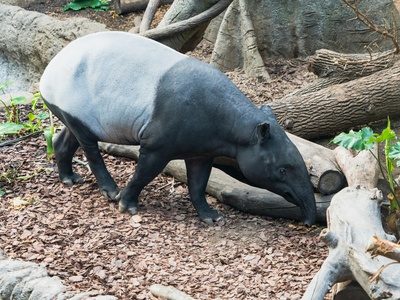
Malayan Tapir
Distinct black-and-white tapir about 2 m long, dependent on forests and swamps. Endangered from deforestation and hunting. Notable for unique coloration; conservation focuses on habitat protection and wildlife corridors.
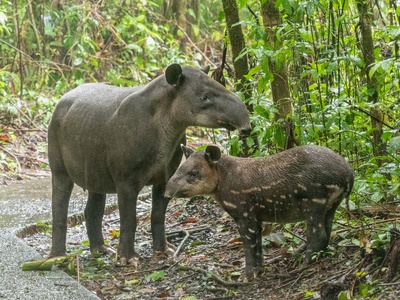
Baird’s Tapir
Large Central American tapir up to 2.5 m, prefers wetlands and forest edges. Endangered due to habitat loss and hunting. Important seed disperser; conservation includes protected areas and anti-poaching efforts.

Lowland Tapir
South American tapir about 2 m long, found in Amazonian wetlands and forest edges. Vulnerable from hunting and habitat conversion. Acts as ecosystem engineer for seed dispersal; conservation protects corridors and reduces hunting.
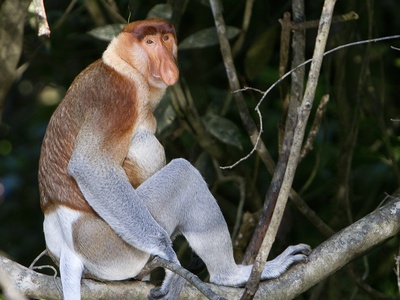
Proboscis Monkey
Long-nosed, orange-brown monkey endemic to Borneo’s riverine mangroves and swamps. Endangered from logging and coastal development. Known for its distinctive nose and swimming ability; conservation protects river corridors and mangroves.
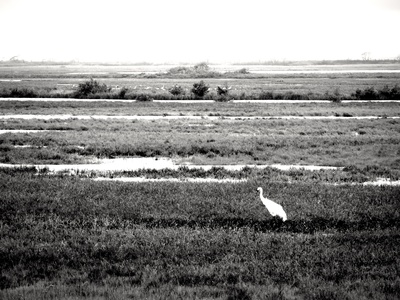
Whooping Crane
Tall migratory crane up to 1.5 m, breeds in northern marshes and winters in Texas wetlands. Endangered after historic declines; threats include habitat loss and collisions. Intensive recovery and captive-breeding programs support population growth.
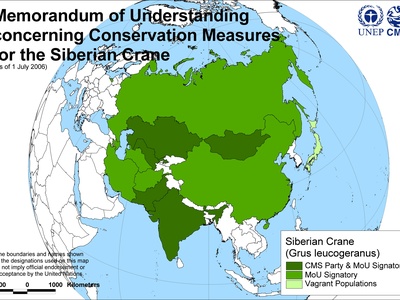
Siberian Crane
Elegant white crane with long migrations; breeds in Arctic wetlands. Critically endangered due to wetland loss and hunting along migration routes. Conservation focuses on protecting key wetland stopovers and migration corridors.
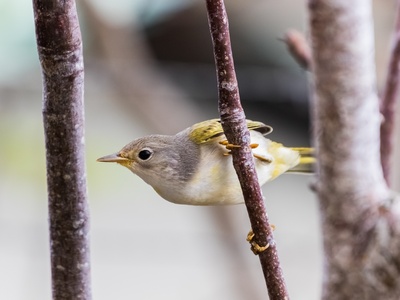
Mangrove Finch
Tiny Darwin’s finch restricted to Isabela mangroves, with very few individuals left. Critically endangered from habitat loss, invasive species and disease. Conservation includes captive breeding and intensive invasive predator control.
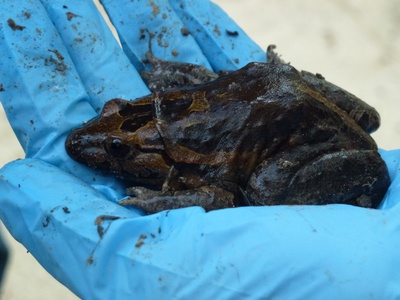
Hula Painted Frog
Small frog once thought extinct, rediscovered in drained Hula marshes. Critically endangered due to historical wetland drainage and habitat loss. Notable for its “Lazarus” rediscovery; conservation emphasizes habitat restoration and captive-breeding programs.
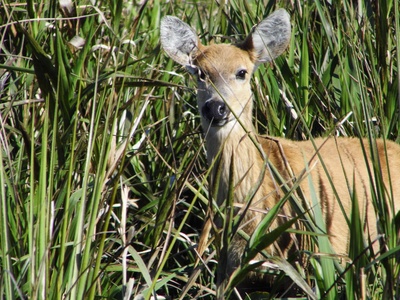
Marsh Deer
Large South American deer specialized for wetlands, up to about 1 m at the shoulder. Vulnerable from wetland drainage, hunting and road impacts. Important for floodplain ecology; conservation protects floodplain habitats and reduces conflicts.
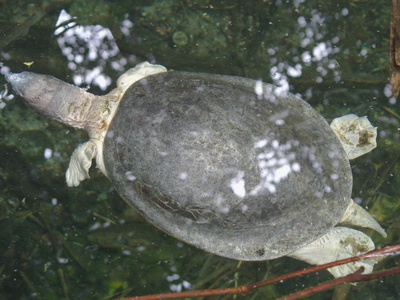
Northern River Terrapin
Large freshwater turtle formerly widespread in Asian rivers and estuaries. Critically endangered from egg harvesting, hunting and habitat loss. Conservation hatcheries and protected nesting programs aim to rebuild populations.
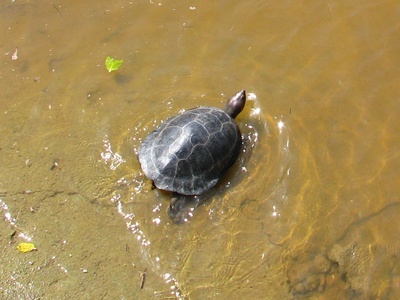
Southern River Terrapin
Large river turtle now reduced to tiny populations in SE Asia. Critically endangered due to poaching and nest loss. Conservation includes nest protection, captive breeding and community engagement.
